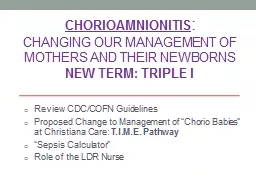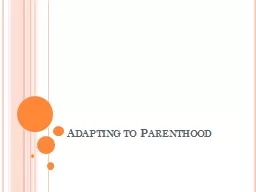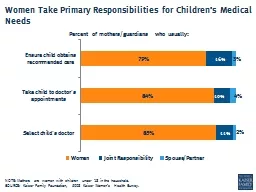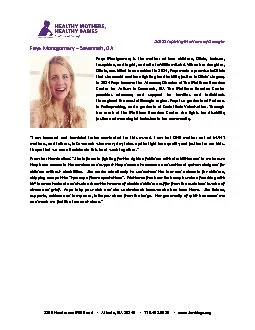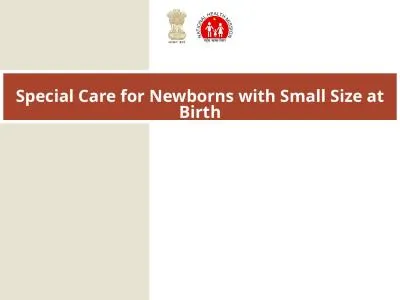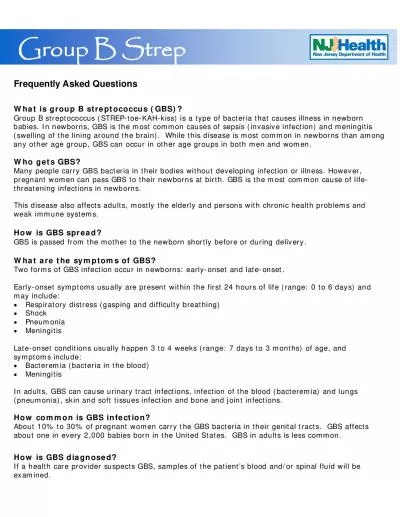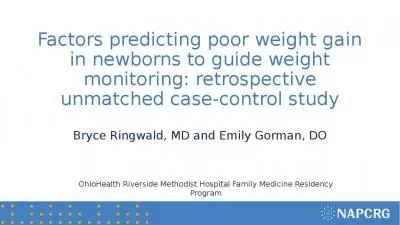PPT-Chorioamnionitis : Changing our Management of Mothers and Their Newborns
Author : ceila | Published Date : 2022-06-07
New Term Triple I Review CDCCOFN Guidelines Proposed Change to Management of Chorio Babies at Christiana Care TIME Pathway Sepsis Calculator Role of the LDR Nurse
Presentation Embed Code
Download Presentation
Download Presentation The PPT/PDF document "Chorioamnionitis : Changing our Manageme..." is the property of its rightful owner. Permission is granted to download and print the materials on this website for personal, non-commercial use only, and to display it on your personal computer provided you do not modify the materials and that you retain all copyright notices contained in the materials. By downloading content from our website, you accept the terms of this agreement.
Chorioamnionitis : Changing our Management of Mothers and Their Newborns: Transcript
Download Rules Of Document
"Chorioamnionitis : Changing our Management of Mothers and Their Newborns"The content belongs to its owner. You may download and print it for personal use, without modification, and keep all copyright notices. By downloading, you agree to these terms.
Related Documents

